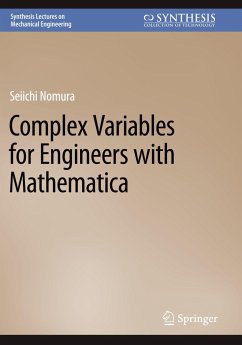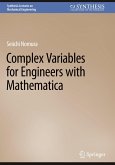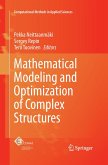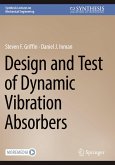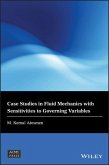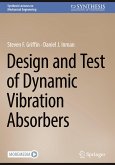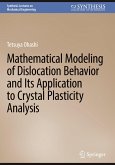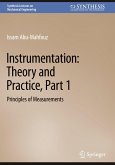Complex variable theory is attractive for engineers as it offers elegant approaches for certain types of differential equations in engineering including heat transfer, solid mechanics, and fluid mechanics. However, a gap exists between books written by mathematicians and books written by engineers in their specific fields. Naturally, mathematicians tend to emphasize rigorousness and consistency while less emphasizing applications. On the other hand, books written by engineers often jump directly to the specific topics assuming that the readers already have sufficient background of complex variables and the pathway from theory to the application is not clearly elucidated. This book closes the gap in the literature. providing a smooth transition from basic theory to the application is accomplished. Although it is not possible to cover all the topics in engineering exhaustively, the readers can at least find the logic of how and why complex variables are effective for some of the engineering problems. Another motivation for writing this book is to demonstrate that the readers can take advantage of a computer algebra system, Mathematica, to facilitate tedious algebra and visualize complex functions so that they can focus on principles instead of spending endless hours on algebra by hand. Unlike numerical tools such as MATLAB and FORTRAN, Mathematica can expand, differentiate, and integrate complex-valued functions symbolically. Mathematica can be used as a stand-alone symbolic calculator or a programming tool using the Wolfram Language. If Mathematica is not available locally, Wolfram Cloud Basic can be used online as a free service to execute Mathematica statements.
Bitte wählen Sie Ihr Anliegen aus.
Rechnungen
Retourenschein anfordern
Bestellstatus
Storno

